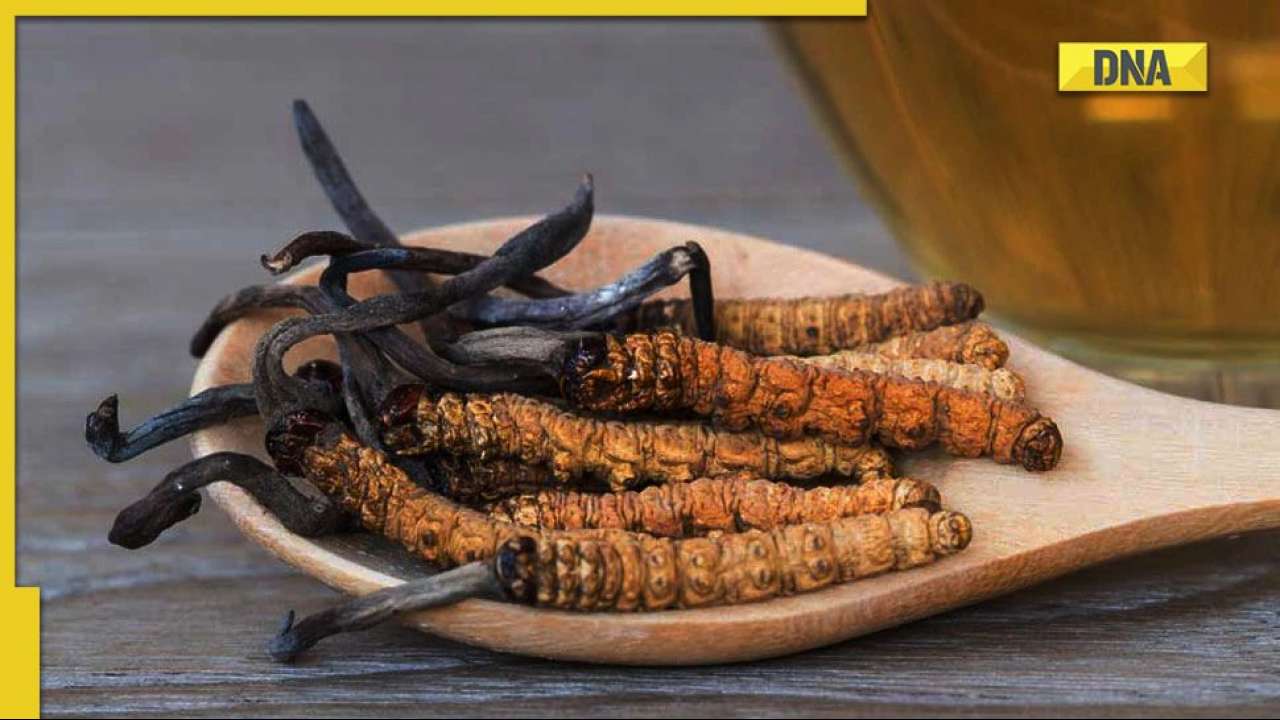
Chinese soldiers have been accused of illegally entering India searching for a rare Himalayan called by several names and behind a multi-million dollar market. The valuable herb is called ‘Kida Jadi’ in India and is known as Himalayan gold.
As per a new report by think tank Indo-Pacific Centre for Strategic Communications (IPCSC), China has made several intrusions in Arunachal Pradesh to collect the herb. The report comes in the wake of the recent standoff between Indian and Chinese soldiers in the Tawang sector of the border state. Here's all you need to know about the rare Himalayan herb that may be behind the India-China border dispute.
What is ‘Kida Jadi’ aka Himalayan Gold?
Kida Jadi is a type of fungi called Cordyceps. The scientific name of Kida Jadi is Ophiocordyceps sinensis. In China and Nepal, it is known as ‘Yarsagumba’. Tibetans call it ‘Yarsaganbu’. In the English speaking world, it is called ‘caterpillar fungus’.
‘Kida Jadi’ characteristics, medicinal value
The herb is brown in colour and can be up to two inches in length. It is found exclusively in the Himalayan regions -- mainly in Indian Himalayas and Qinghai-Tibetan plateau in southwestern China -- and grows at higher altitudes of 3000-5000 metres.
The herb is highly-sought after and has great therapeutic potential which is derived from a bioactive molecule it contains called cordycepin. Scientists hope to turn the compound into an effective antiviral and anti-cancer treatment one day. It is also said to have aphodisiac properties, also referred to as Himalayan viagra.
Apart from its medicinal value, it is also a proven insect killer. The mushroom’s spores infect insects, leading to their death. Fully developed bodies of the fungus, ready to fruit, then sprout from the dead body of the insect. China is the largest producer and exporter of Kida Jadi in the world.
Shocking cost of Cordyceps fungus
The herb is claimed to be more valuable than gold in China. The global market of Kida Jadi stood at $1,072.50 million in 2022. In the international market, it has a shocking per kilogram value of Rs 10 to 12 lakh.
The IPCSC report reveals that the fungus has so much value that collecting and selling it runs the economies of entire towns in the Himalayan regions. Experts estimate that the fungus’ trade could fund the income of 80 percent of households in the Himalayas and the Tibetan Plateau.
Why China needs it from India
The report says that the harvest of the valuable fungus has been on decline in China for the past some years and has resulted in shortage.
As per the report, harvest has declined in China’s largest producing region Qinghai in the last two years. However the demand has risen sharply in the last 10 years as “an emerging Chinese middle class seeks it to cure everything from kidney disorders to impotence, despite a lack of scientific evidence”, it says.
Overharvesting has resulted in the output in China falling to 41,200 kg in 2018 from 150,000 kg in 2010 and 2011. Companies producing the herb have been spending millions to acquire entire mountains to grow Kida Jadi.
READ | COVID-19 4th wave scare: Experts fear emergence of new, deadlier variant as cases spike in China
(With inputs from agencies)